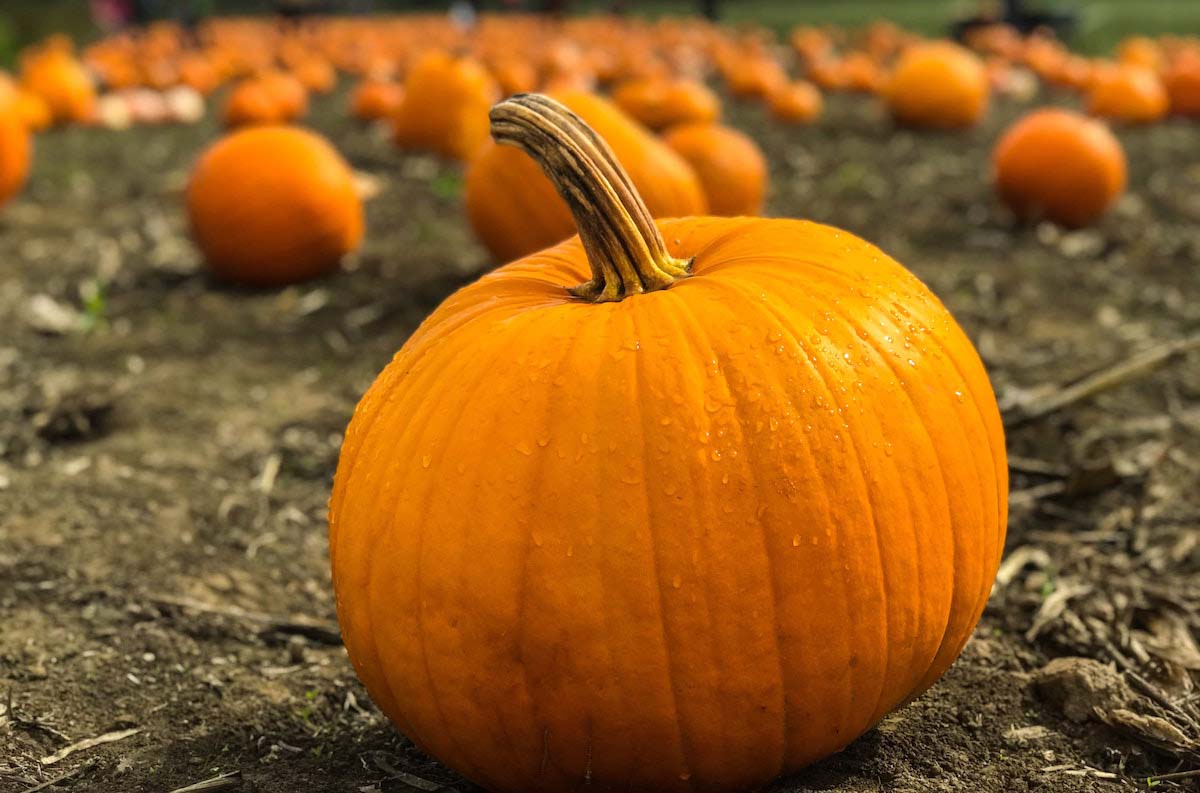Gastronomy in ancient Rome was based on ingredients that are necessary for the health of the body. That is why at the beginning of Roman history these foods were characterized by their simplicity and their fast preparation. Years later when the Romans came into contact with merchants and other cultures, they became more refined in the search for their flavors. In this article we will take you on a Rome food tour through ancient Rome.
Many of you may wonder how we have come to know the cuisine of Ancient Rome so well? Not only thanks to the literary works where the daily life of the Roman empire is described, but also thanks to a book called “De Re Co Maquinaria” which means (On Culinary Art) written by the gourmet Marco Gavio Aspicio, this was probably the first book of recipes in history. In this book you can see how the Romans preferred fish over meat and how they gave much more importance to seasonings than to protein itself.
Plate division
The foods of the Romans were divided into three meals a day. This also depends on the purchasing power of the family, in which the richest families would have a greater variety and quantity of food and the poorest families would have a more basic diet.
Ientaculum: it was breakfast that consisted of bread with garlic, salt or some other seasoning. You can also eat eggs, cheese, milk, honey, nuts, grapes or other kinds of fruits.
Prandium: it was a soft meal, in which vegetables, fruits and sometimes meat were eaten according to social class.
Cenae: it was the most important meal. The pulmentum (wheat flour porridge) was usually eaten, along with other foods from the field. Only during celebrations meat was eaten which came from animals that were sacrificed to the gods.
The lower classes or people who cannot afford large meals in times of drought, would eat soup, bread and wine for breakfast.
In this blog we have chosen two recipes from ancient Rome that you will surely love.
The Globuli
It is a famous dessert from ancient Rome. In ancient Rome food ended with a sweet taste and this also includes nuts and cheeses.
Usually the cheeses used were fresh cheeses, like ricotta.
Ingredients:
Ricotta
Alica (corn flour, can be substituted for semolina flour)
Honey
Poppy Seeds
Preparation:
The preparation consists of adding the same amount of ricotta cheese with the same amount of Alica to a bowl. The amounts depend on how much you decide to make. Then, knead and shape it into balls.
After a few minutes, the balls will be ready to fry for a few minutes with the help of a spatula. When these are ready, serve them with honey and sprinkle with poppy seeds
The Pumpkin Alexandrine Style
As we had mentioned previously. Apicio, I notice a Roman gastronomer and author of the book “De Re Co Maquinaria”, proposed different recipes in his book with the use of pumpkin.
In this article we propose one of these pumpkin recipes.
Ingredients:
1 pumpkin
1/2 cup of pine nuts, roughly chopped
1 tablespoon coriander seeds
1 teaspoon garum (see note) or sea salt
1 teaspoon cumin seeds
6 fresh mint leaves
1 tablespoon scant black peppercorns
3 tablespoons of honey
1 tablespoon of olive oil
1/8 cup white grape juice
1/2 pound pitted dates
1/2 cup of hazelnut toast
1 tablespoon of vinegar
Preparation:
We start with the fresh pumpkin by cutting it into small pieces and removing the seeds. We will let this pumpkin boil in water until it is soft.
Meanwhile in a marble mortar we will place all the dry ingredients such as peppercorns, cumin, coriander and mint leaves. After we have ground the dry ingredients together, we will add the dates and the hazelnuts.
Followed by that, we will continue adding honey, vinegar, garum or salt, oil and grape juice. The mixture should have the consistency of a sauce.
When the pumpkin is soft it is time to plate.
We will put the pumpkin into pieces on the plates and on the top the sauce. In this way the ancient Romans have finished with the preparation of their traditional dish. On the other hand, the sauce could be used to accompany meat or another type of dish.
If you want to have more information about our Rome food Tours, write to our staff and we will be happy to help you.




